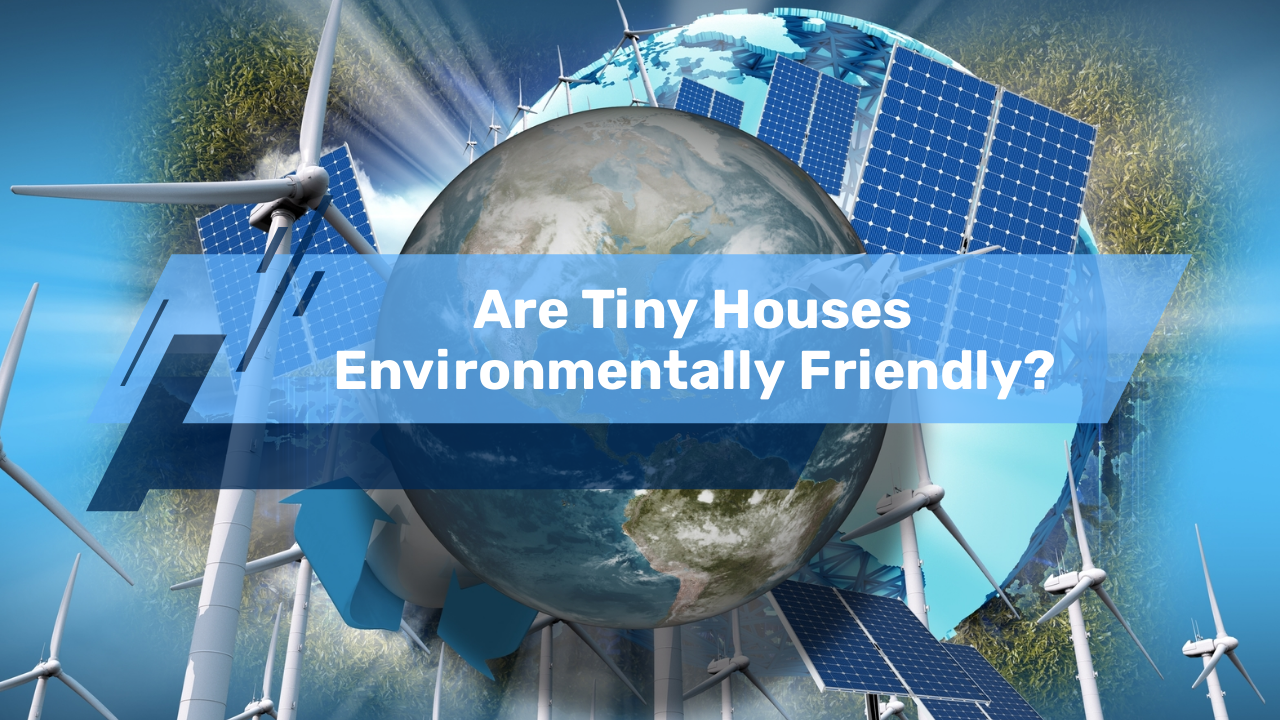Population growth is among the inevitable problems of the world. As families grow larger, the demand for real estate also rises. Unfortunately, prices have gone up and scarcity is a given. Thus, many people have adapted, choosing to live in environmentally friendly tiny homes to conserve the Earth’s resources.
Simplification is not for everyone. Those who choose this alternative living are people who have a deep passion to join the environmentalist mindset regarding issues on climate change and constantly rising carbon emissions that harm the planet. Luckily, living in tiny houses is an environmentally friendly alternative.
What Is The Tiny House Movement?

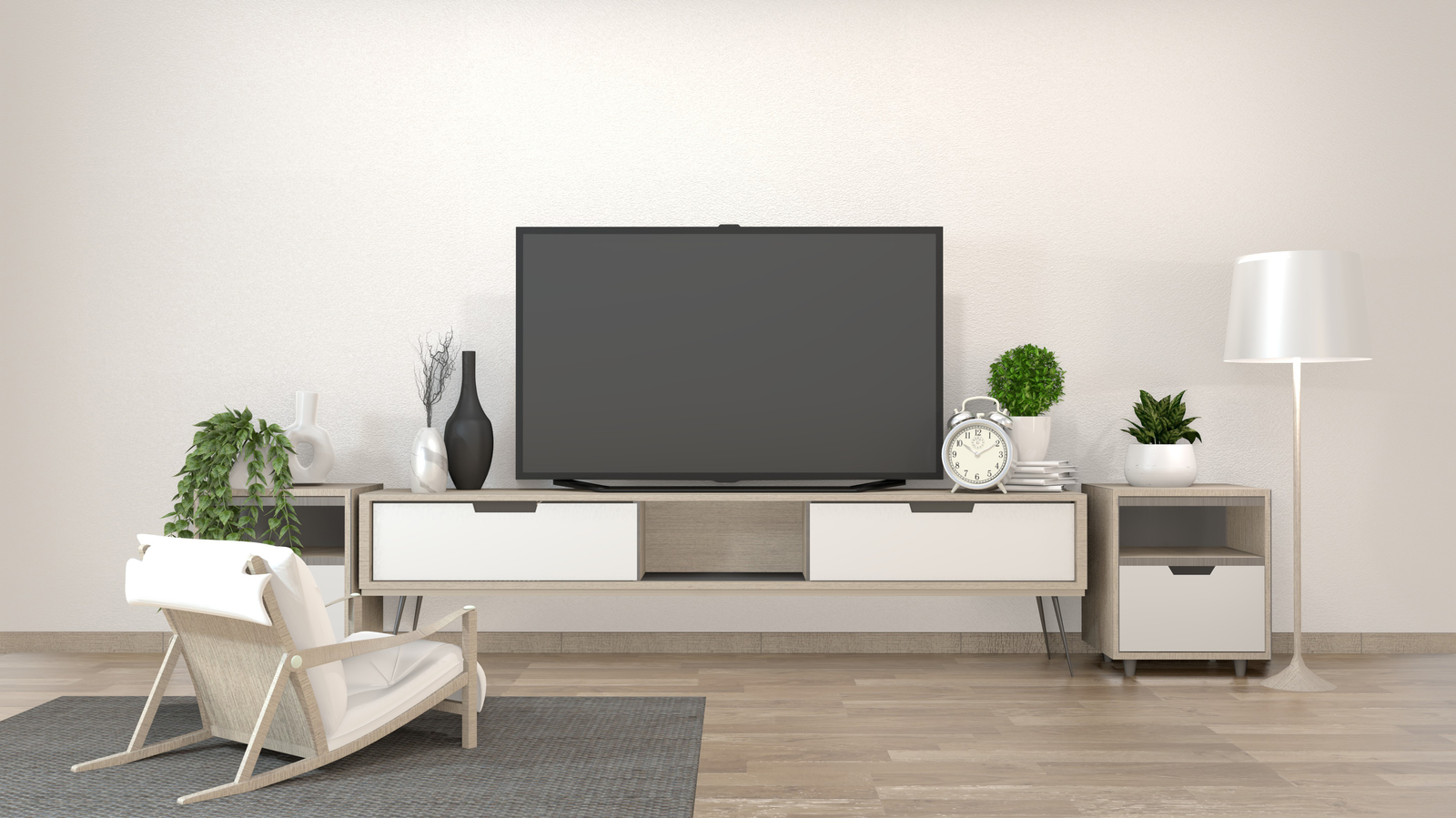
The Tiny House Movement is an architectural and social initiative that developed in the past decade.
People who adapt to this alternative way of living subject themselves to residing in minimal spaces that only provide the essentials of living a normal yet comfortable life.
Tiny houses are significantly smaller compared to standard American households. Most people resort to this means of living due to environmental concerns, life simplification, and basically saving money.
According to a renowned article and author of the book The Not So Big House: A Blueprint for the Way We Really Live Sara Susanka, “build better, not bigger.”
Tiny homes as distinguished from standard homes only consume less than 1,000 square feet of area. Most of them are only 300 square feet, especially those categorized as tiny houses on wheels.
They comply with strict size regulations that are distinct for every state in the country. In fact, tiny houses were built to avoid going overboard on zoning and building codes.
Many people were inspired by Ms. Susanka’s way of thinking, that they started to adapt to the quality over quantity way of living.
Several tiny home providers emerged and supported research and development efforts to provide society with tiny houses that allow homeowners to save on energy, time, costs, and the environment.
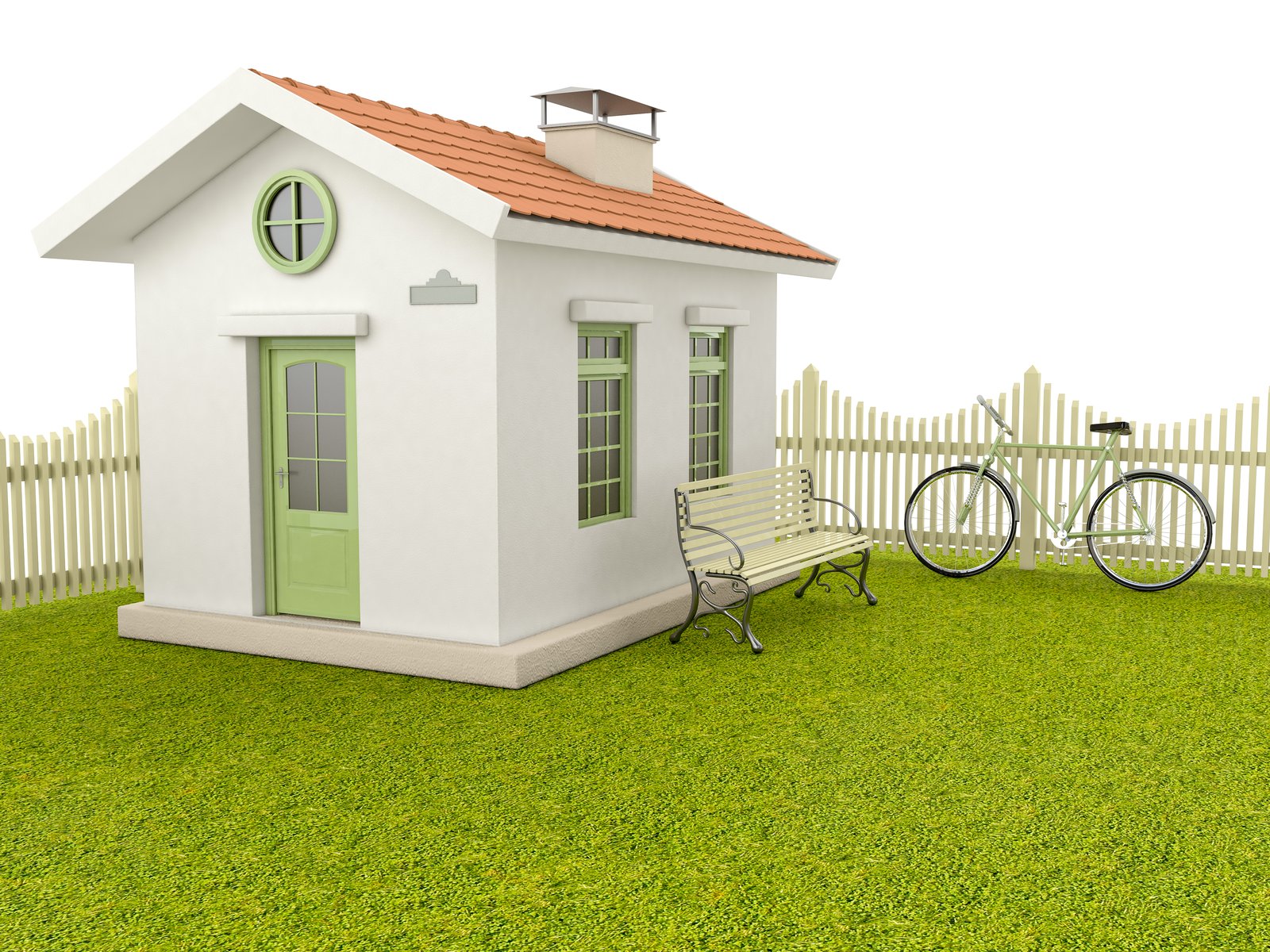

How Do Tiny Houses Help Conserve the Environment?
Tiny homes provide sustainable living without doing away with the necessities of everyday life. Since they only vacate a minimal amount of space, this also means that they take up less energy and thereby limit your personal carbon emissions.
At present, the total United States carbon emissions are at 6,457 million metric tons. This humongous value means that the country is in dire need for its residents to minimize their personal carbon emissions to help regulate the harmful effects they generate to the planet.
What Are Carbon Emissions, Exactly?

Media and the internet have been swarming with headlines about how a teenage girl named Greta Thunberg from Sweden calls out the government and private corporations to stop prioritizing economic growth and focus on environmental changes to help save the planet.
According to her, the Earth is dying because these private entities and governments refuse to exert effort in minimizing the environmental hazards of their respective functions in society.
Generally, she is calling out for all people to minimize their carbon emissions to prevent drastic climate change that could ruin us all.
Carbon emissions are the release of carbon dioxide that destroys the atmosphere. Everyone actually releases carbon dioxide by respiration and decomposition. These are the natural sources of carbon dioxide.
Sadly, factories, vehicles, and other machines exponentially multiply these carbon emissions to the extent that the Earth can no longer accommodate. Nature, however, balances carbon in the atmosphere by photosynthesis while the oceans also absorb a huge chunk of them.
The problem, therefore, is that humans do not have the natural capacity to restore carbon emissions. We refine, transport, extract, and burn oil, gas, and fossil fuels that add up to the world’s carbon footprint without balancing the odds.
If that’s not enough, humans also cripple the earth by cutting down trees to support our way of living and destroy the oceans to extract oil and gas from underneath its beds.
Therefore, humans not only contribute to the increasing carbon emissions, but we also prevent those that can regulate it by destroying the environment.

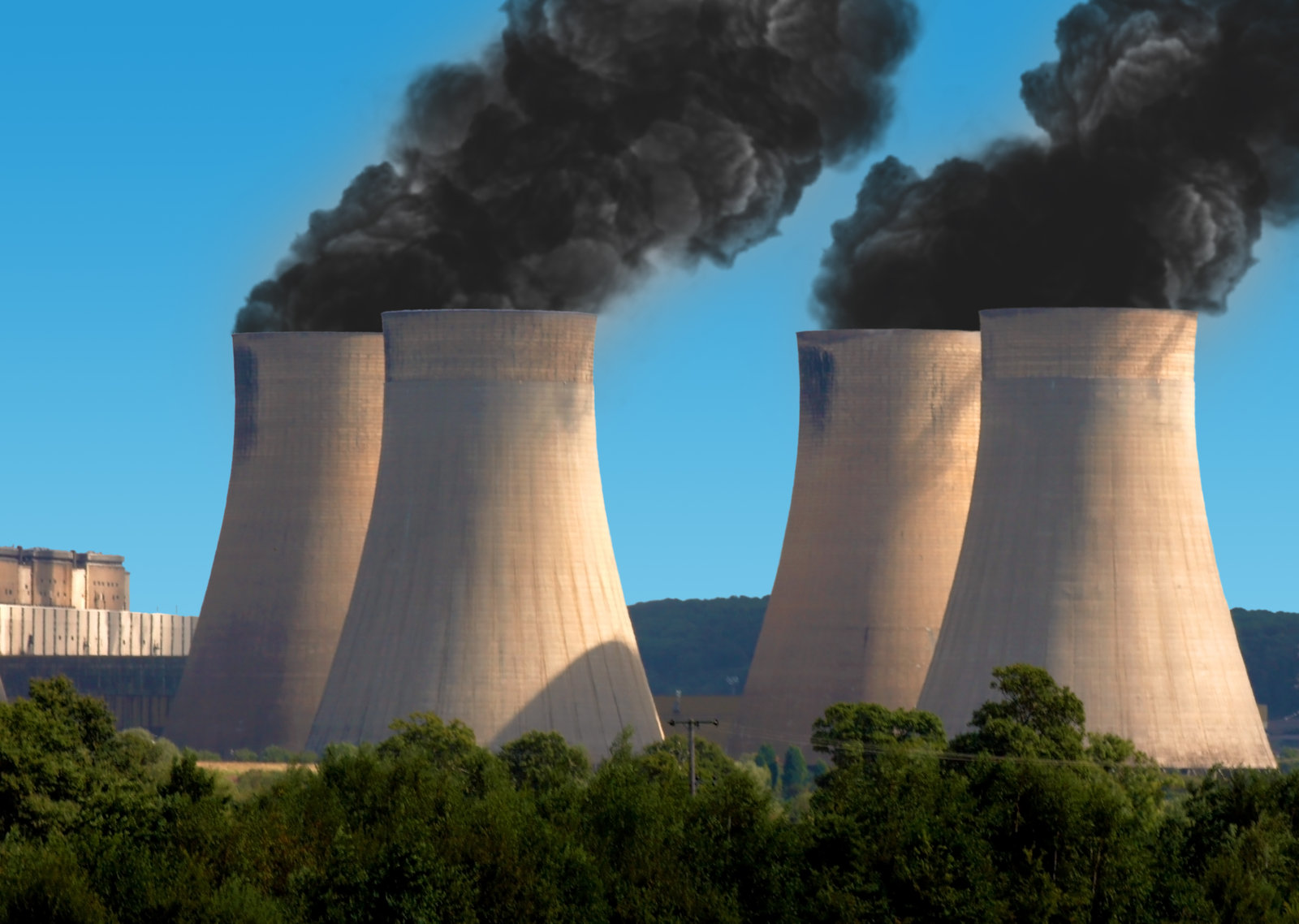
Too much carbon dioxide in the atmosphere prevents heat from escaping the Earth and causes drastic changes to climate, diminishes the quality of air, and generally, adversely affects our quality of life. If this goes on without changes, it could lead to the end of our species.
This is because humans need natural resources to survive. Trees generate the oxygen we breathe, and the atmosphere keeps us alive by regulating climate that we can survive on.
Tiny Homes And Carbon Emissions …
In order to maintain our way of life, what humans can do to help save the planet is to minimize our carbon emissions.
This is why other countries have established environmentally friendly living and lifestyle policies to help conserve the planet.
This is where tiny houses come in. Tiny homes use less energy and utilize natural sources thereof to power the structure.
According to Oregon’s Department of Land Quality, about 86 percent of residential houses’ carbon emissions are sourced through energy use. This includes lighting, water heating, and space heating.

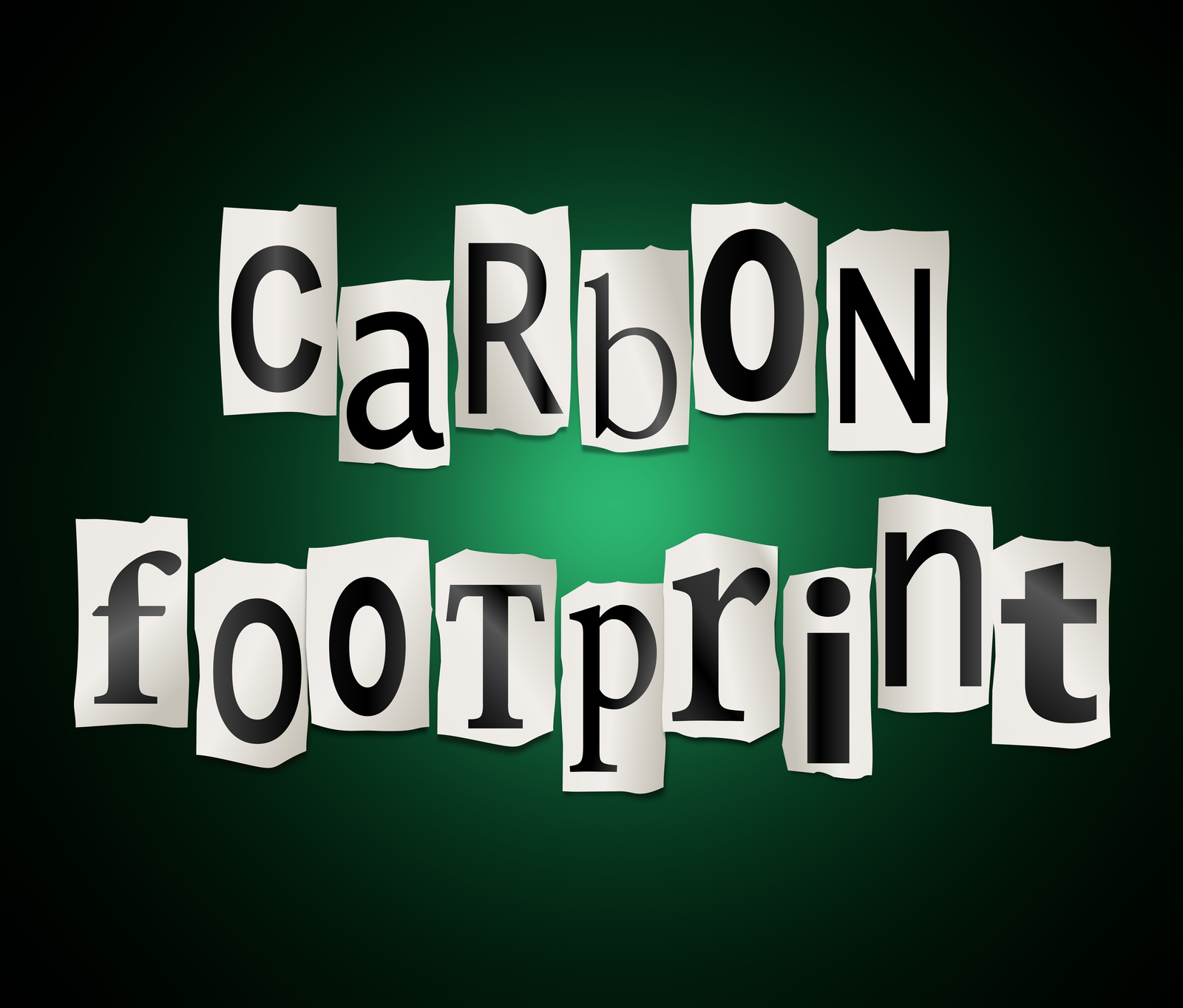
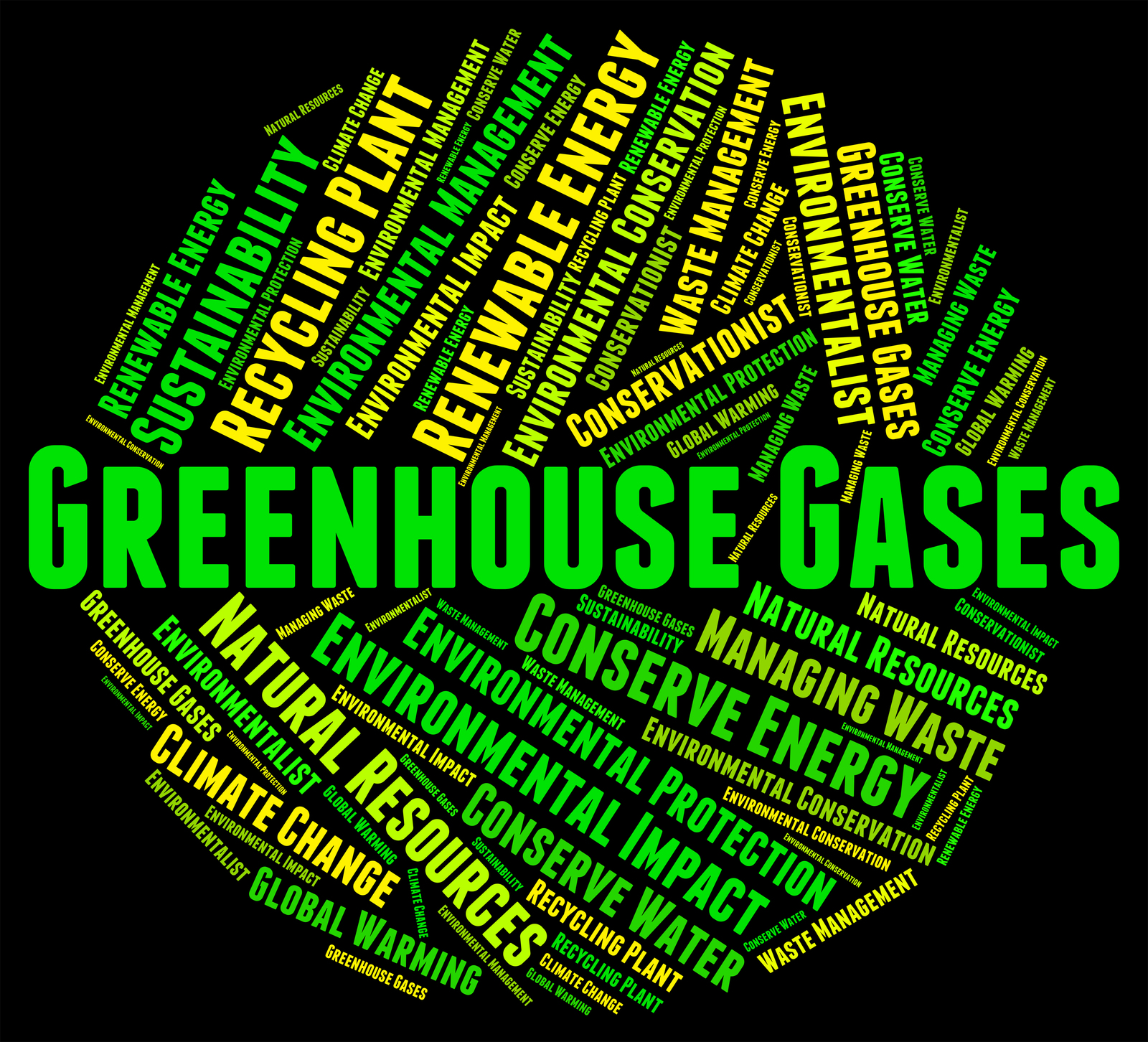
As per an article published by Colby College, a standard American house consumed about 12,773 kilowatt-hours of energy annually.
Tiny houses of about 200 square feet at least, only consume 914 kilowatt-hours per year.
Similarly, the carbon emissions of standard American homes is around 28,000 pounds per year while those who live in tiny homes only generate about 2,000 pounds annually.
Clearly, there is a significant difference between the ways of living, the latter being the more environmentally friendly alternative.
More importantly, some tiny houses are powered up by solar panels that use natural energy from the sun. This reduces your electric bill and, at the same time, allows you to utilize natural energy and conserve it better.
Tiny homes were also custom-built to accommodate families who wish to minimize the cost of living by limiting the number of appliances that they would need to sustain a comfortable life. Contrary to popular belief, tiny homes are actually complete homes.
As per law, tiny homes are required to have a kitchen, a bathroom, and sleeping quarters – the basic necessities of everyday life. These are similar to standard American houses only that the latter uses more appliances, consumes more space, and uses more energy to power it up.
Minimalistic Tiny Homes …
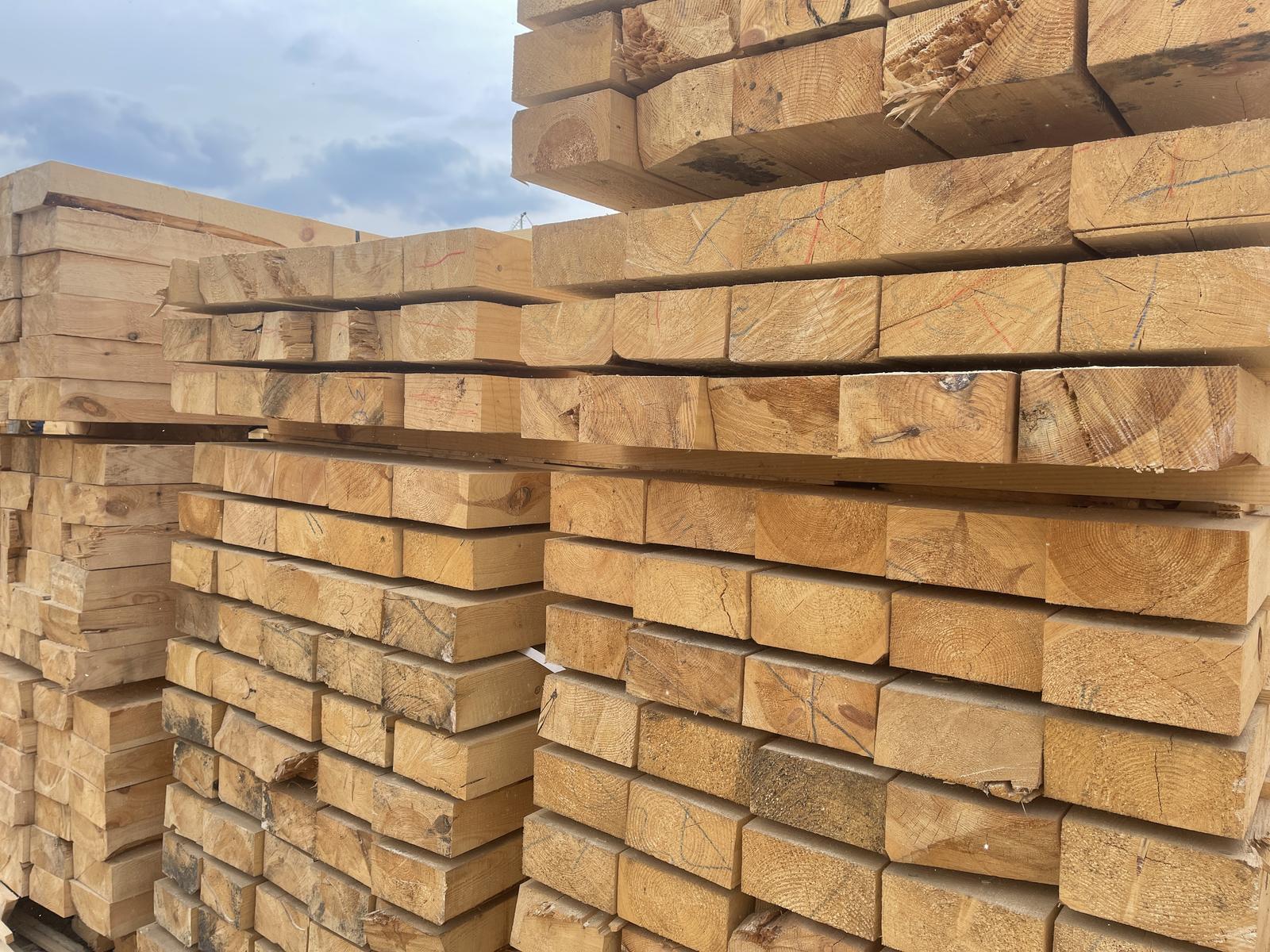
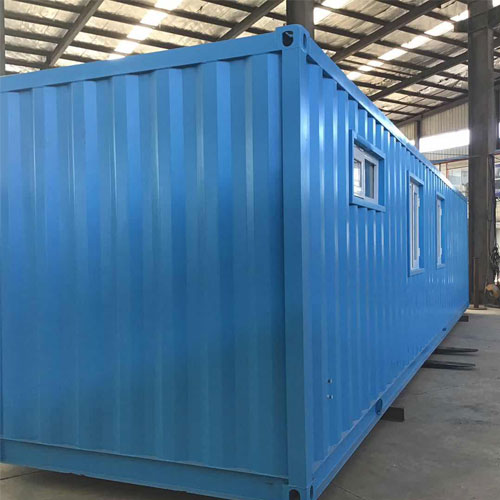
Since living in tiny houses mean that you comply with a minimalist mindset, it also means that you are using fewer building materials in creating your home.
Standard American homes use truckloads of cement and lumber while a tiny house may only use half of that.
As mentioned, humans should refrain from cutting more trees to prevent environmental destruction. Clearly, living in a tiny home complies with this necessity.
Apart from minimizing the use of building supplies, tiny homes may also be built by using recycled materials which is rarely a characteristic of building a standard home.
Shipping containers that have lost their original purpose, for example, can be used as a structure for building a tiny home.
Therefore, opting for tiny house living allows you to recycle materials and lessen the use of scarce natural resources.
Instead of cutting down dozens of trees, you can use the shipping containers as the foundation of your home.
You not only prevent excess metal usage; you also prevent the Earth from losing more trees.
Moreover, living in tiny houses means that you have fewer possessions. You would only use things that you actually need, thereby minimizing your wastage.
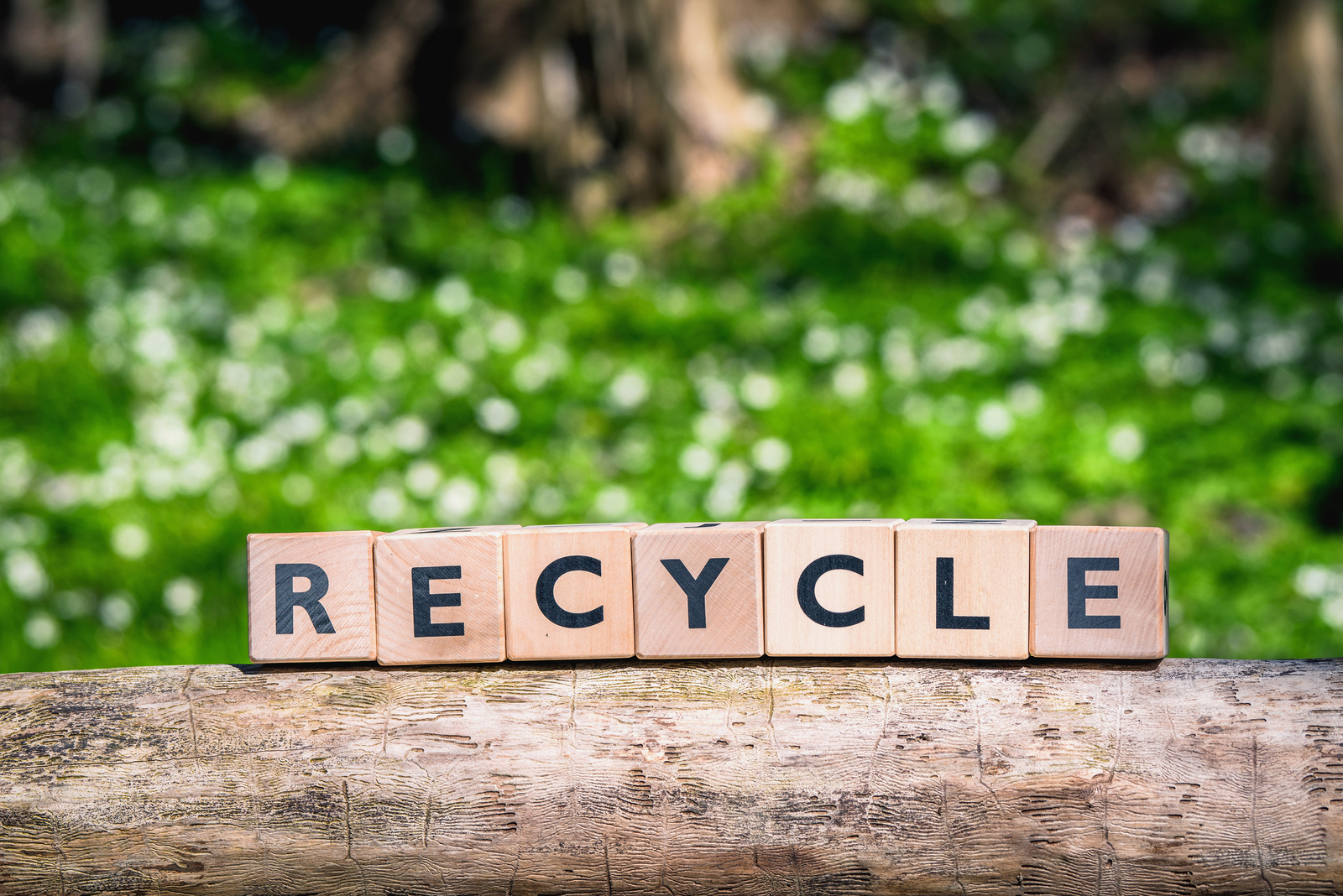
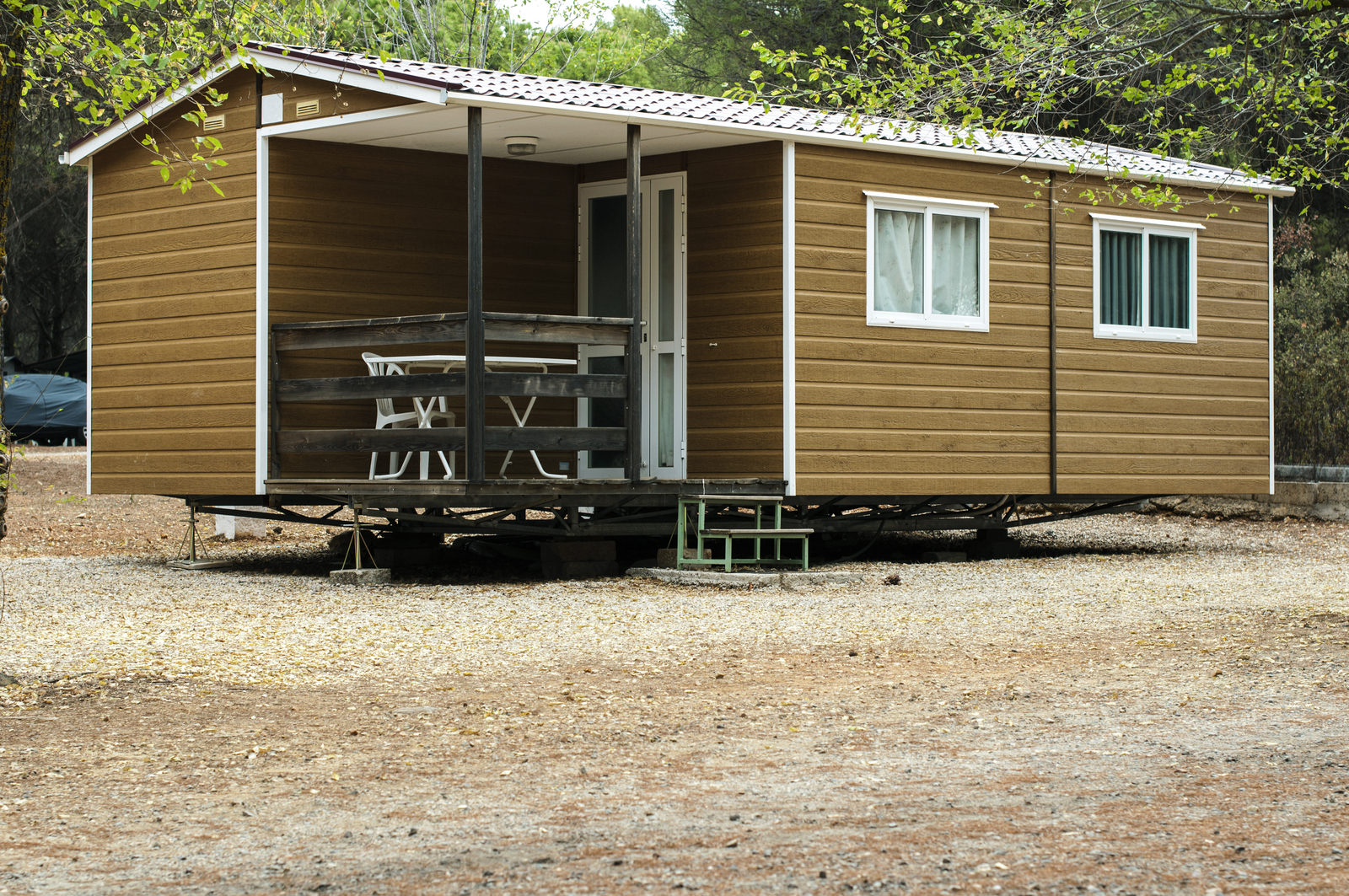
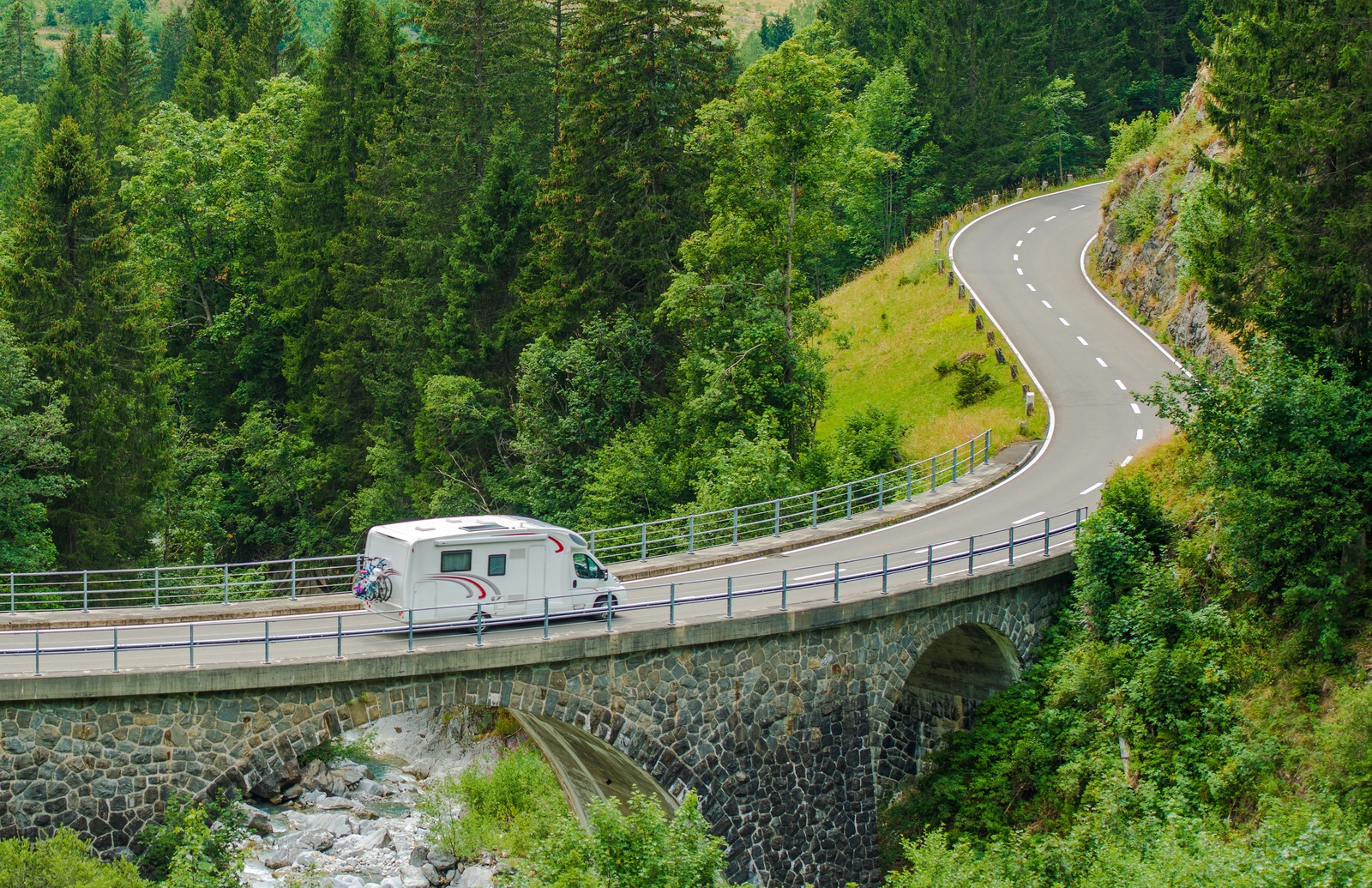
As your consumption drops, you also become more environmentally friendly.
If that’s not conserving the Earth, I don’t know what is!
Tiny houses on wheels can also transport you from one place to another.
Instead of binge-watching movies every day and consuming more energy, you get to spend more time outdoors.
This allows you to reconnect with nature and become more aware of what’s happening to the environment.
The Bottom Line
Tiny houses are environmentally friendly for several reasons. It minimizes energy consumption by using sources of natural energy to power up your home, minimizes waste by using recycled materials, and lets you reconnect with nature to be more aware of the environment’s present state.
These characteristics can help people contribute to the betterment of the Earth’s condition instead of destroying it. The minimalist way of living is a simple way of preserving our way of life by saving the environment for future generations to enjoy. Tiny homes truly are the future!

